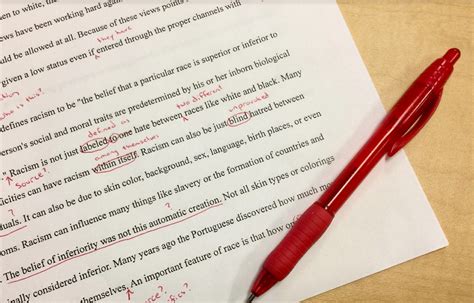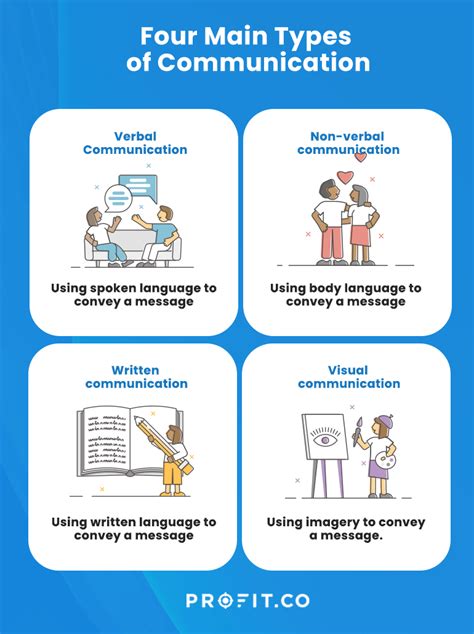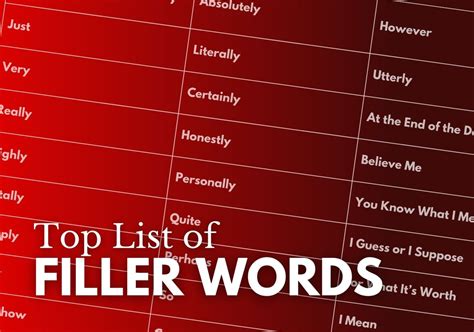Why Less is More: The Power of Conciseness
In the world of writing, whether it’s an email, a report, a blog post, or a novel, clarity is king. Yet, many writers inadvertently dilute their message with an abundance of unnecessary words – often referred to as filler words or phrases. These linguistic clutter can obscure your main point, bore your readers, and ultimately weaken the impact of your communication. Learning to identify and eliminate wordiness is a crucial skill for any writer aiming for crisp, professional, and engaging prose.
Think of your writing as a sculpture. Just as a sculptor chips away excess material to reveal the form within, a writer must prune their sentences to expose the powerful message underneath. The goal isn’t just to make sentences shorter, but to make every word count, ensuring maximum impact with minimum fuss.

Common Culprits: Identifying Filler Words and Phrases
Filler words often sneak into our writing from our speech patterns, where they serve as mental placeholders. While acceptable in spoken conversation, they can be detrimental in written form. Here are some of the most common offenders to watch out for:
- Redundant pairs: “basic fundamentals,” “personal opinion,” “past history.” (Fundamentals are basic; opinions are personal; history is past.)
- Weak intensifiers: “very,” “really,” “quite,” “just,” “totally.” (Often, a stronger noun or verb can replace these.)
- Pompous prepositions: “in order to,” “due to the fact that,” “on account of.” (Use “to,” “because,” “for.”)
- Unnecessary phrases: “It is important to note that,” “The fact of the matter is,” “At the end of the day.” (Often, you can just state the information directly.)
- Empty lead-ins: “There is,” “There are,” “It is.” (These often delay the main subject of the sentence.)
- Wordy constructions: “in a timely manner” (timely), “at this point in time” (now), “during the course of” (during).
By becoming attuned to these common phrases, you can begin to systematically weed them out of your writing, making your sentences tighter and more impactful.

Strategies for Striking Out the Superfluous
Cutting filler words isn’t about being ruthless; it’s about being precise. Here are some practical strategies to help you achieve concise impact:
- Read Aloud: Your ears are excellent editors. Reading your work aloud helps you identify awkward phrasing, unnecessary pauses, and wordy constructions that you might miss when reading silently.
- Hunt for “Be” Verbs: Look for forms of “to be” (is, am, are, was, were, be, being, been). While not always filler, they often indicate passive voice or opportunities to use stronger, more active verbs.
- Replace Phrases with Single Words: Many wordy phrases can be condensed. For example, “despite the fact that” can become “although,” and “comes to the conclusion that” can be “concludes.”
- Eliminate Redundancy: Scrutinize adjectives and adverbs. Is “completely finished” any different from “finished”? Is “small in size” different from “small”?
- Use Tools: Grammar checkers and style guides can highlight potential wordiness. While not perfect, they can offer a good starting point for self-editing.
- Take a Break: Step away from your writing for a few hours or even a day. Returning with fresh eyes makes it easier to spot the words that aren’t pulling their weight.

The Rewards of Restraint: Why Conciseness Matters
Embracing conciseness offers a multitude of benefits that elevate your writing from good to great:
- Enhanced Clarity: Fewer words mean less ambiguity. Your message becomes sharper and easier for the reader to grasp quickly.
- Increased Impact: Every word carries more weight when there’s no filler to detract from its meaning. Your statements become more powerful and memorable.
- Improved Readability: Concise writing is simply easier and more enjoyable to read. Readers appreciate writing that respects their time.
- Greater Credibility: Clear, direct writing projects professionalism and confidence. It shows you know exactly what you want to say.
- Stronger Arguments: When you strip away the fluff, your core arguments and evidence stand out, making your persuasive efforts more effective.

Conclusion: Hone Your Message, Sharpen Your Style
Cutting filler words is not about sacrificing detail or depth; it’s about expressing your thoughts with precision and elegance. It’s an ongoing process of refinement that transforms raw ideas into polished prose. By diligently examining each word and phrase for its contribution to your overall message, you will not only combat wordiness but also cultivate a writing style that is both concise and profoundly impactful. Start practicing today, and watch your writing become clearer, stronger, and more compelling.




